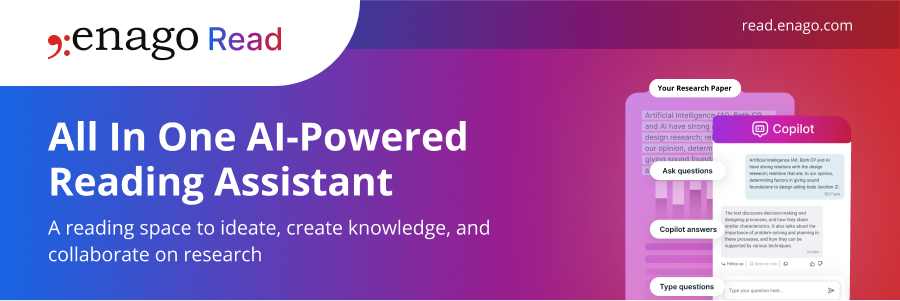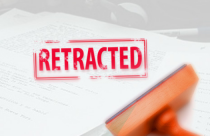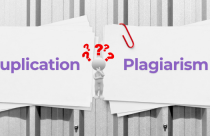Rejection without Peer Review: Issues and Solutions

A fact that is not very widely known or universally accepted by authors is that manuscripts may be rejected without the due and expected peer review process. While manuscripts have to go through the peer review process in order to be published, they can be rejected without peer review. For high impact, general science journals, the majority of submitted papers may be rejected in this manner. While this may appear surprising or disturbing, it is essential to understand the underlying reasons and the inevitability of this undesired aspect of the research publication process.
There could be many reasons for rejection without review:
- Content of the article is not within the scope of the journal
- Non-conformity with journal style, format, or guidelines
- Duplication or large overlap with existing work or apparent plagiarism. However, thi scan be avoided by using online plagiarism checker tools.
- Results are not novel or significant enough; they lead to only an incremental advance in field
- Article is too specialized/in-depth or superficial
- Limited interest to journal target audience
- Poor quality of research
- Results or interpretation are too preliminary or speculative
- Lack of clarity/conciseness in presentation
Rejection without peer review is necessary for several reasons:
- The ratio of submitted to published manuscripts is large, especially for top-tier journals
- There is a need to optimize resources available to journal, in terms of the time and effort of editors and reviewers
- In the absence of this process, there would be delays in publication of all manuscripts
- If all submitted manuscripts are sent for peer review, reviewers would be overburdened, leading to frustration and lack of quality in peer review
Some undesirable consequences are:
- Good papers may not be published
- Authors may be unjustly dealt with due to the insufficient knowledge of editors or their poor judgment
The mechanisms for rejection differ based on the journal:
- Editor-in-chief makes the decision solely
- One editor reaches a decision in consultation with other editors
- The decision is made at a joint meeting of the editorial board of the journal
A good understanding of the above mentioned issues can help authors circumvent the possibility of having their manuscripts rejected without being evaluated by a reviewer. It is advisable to put the manuscript through a pre-submission peer review process, either in the form of advice from colleagues or by utilizing professional services.












I do feel that the initial manuscript screening is done by Artificial Intelligence (AI) software, and no human eye see the rejected ones. As Generals who fight the wars of yesterday, AI promotes intelligence of the past. It encourages standard conformist work of “more of the same”, and rejects innovation and pioneering original work, not to mention provocative work and breakthroughs.
I cannot agree more on this. Its really heartbreaking when your hard core work is not even considered for peer review even.